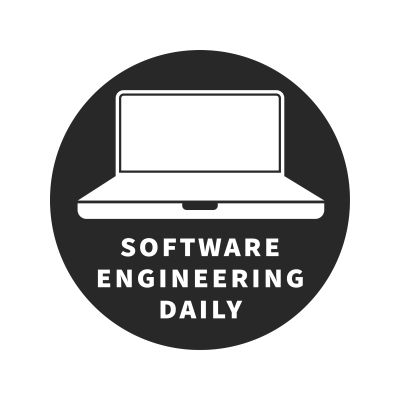Metamask with Dan Finlay
Decentralized applications can be built on the Ethereum blockchain. Just as the Bitcoin blockchain is a distributed, append-only ledger of financial transaction history, Ethereum is a distributed, append-only ledger of computational transaction history.
New kinds of applications can be built on the Ethereum blockchain—and just like every new technology, we need an interface to bridge that new technology and our existing technology. We can use a pure Ethereum browser like Mist—or we can use a Chrome extension like Metamask to turn our normal browser into an Ethereum interface.
Dan Finlay is the lead developer of Metamask. In today’s episode, we explore why you would want to interface with decentralized applications, and the different ways of doing so. A few examples we explore—simple transactions like transferring Ether from one person to another; or transacting with a smart contract.
My personal anecdote: I recently used Metamask for the first time to fund a GitCoin issue. GitCoin is a way to put up financial rewards for people solving open source issues. I locked up $42 in an Ethereum smart contract, and it became the bounty of that issue. The issue was solved, and I released the $42 from the smart contract to be sent to the developer who solved it. In this example, Ethereum served as a simple escrow service. To send my Ether, I used the Metamask plugin on my Chrome browser. If you are a little confused—don’t worry. We explain it all in this episode.
TranscriptTranscript provided by We Edit Podcasts. Software Engineering Daily listeners can go to weeditpodcasts.com/sed to get 20% off the first two months of audio editing and transcription services. Thanks to We Edit Podcasts for partnering with SE Daily. Please click here to view this show’s transcript.
Sponsors
Do you think blockchain technology is only used for cryptocurrency? Think again. ConsenSys develops tools and infrastructure to enable a decentralized future built on Ethereum, the most advanced blockchain development platform. ConsenSys has hundreds of web3 developers that are building decentralized applications, focusing on world-changing ideas like creating a system for self-sovereign identity, managing supply chains, developing a more efficient electricity provider and much more. Listeners, why continue to build the internet of today when you can build the internet of the future on the blockchain? ConsenSys is actively hiring talented software developers to help build the decentralized web. Learn more about Consensys projects and open source jobs at consensys.net/sedaily.
Sponsoring today’s podcast is Brother International. The Brother QL-1100 Label Printers offer seamless integration of label printing functionality into your app development, requiring nominal coding. The SDK is well-documented, easy to use and works with most operating systems including Windows, iOS and Android. Get the SDK at ptouch.com/ql1100 and check out the Brother Mobile App Hackathon being held on March 23rd and 24th in Irvine, California. Brother is looking for teams of designers and developers to submit software apps or prototypes that integrate with a Brother QL Printer or Brother RuggedJet printer/labeler. $3,000 dollars in prizes. Sign up now through March 23rd. Get all the details at ptouch.com/ql1100.
Today’s sponsor is Datadog, a cloud-scale monitoring and analytics platform. Datadog integrates with more than 200 technologies so you can gain deep visibility into every layer of your stack – and any other data you’re interested in tracking. For example, you can use Datadog’s RESTful API to collect custom metrics from your favorite crypto data sources, and analyze trends in Ethereum prices over time. Start a 14-day free trial and as a bonus, Datadog will send you a free T-shirt! softwareengineeringdaily.com/datadog
